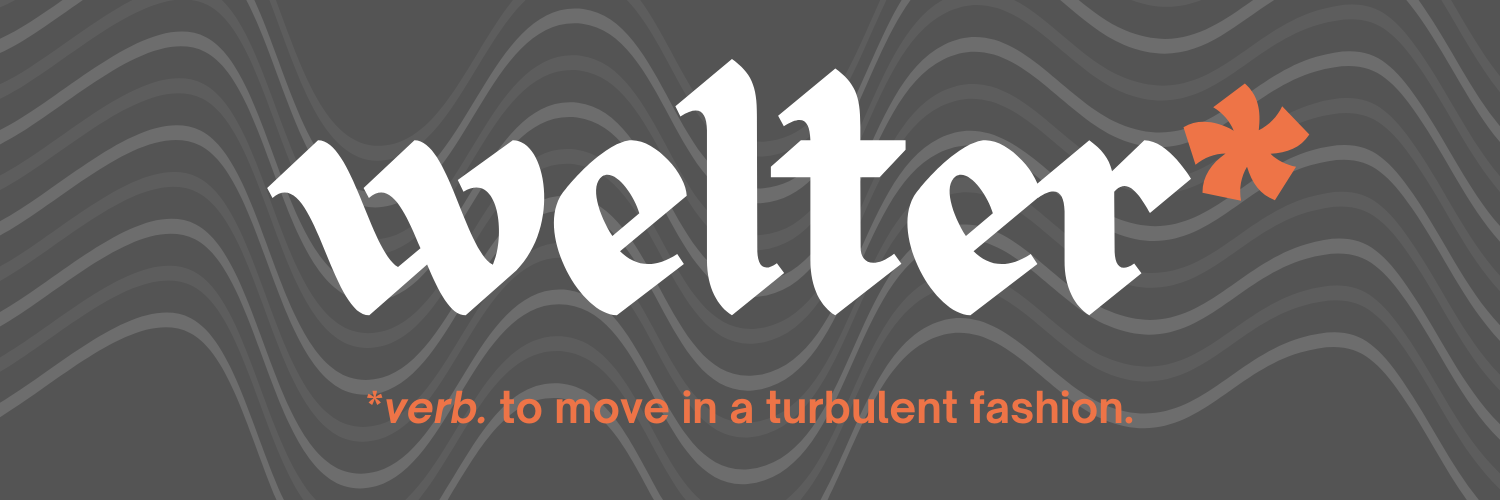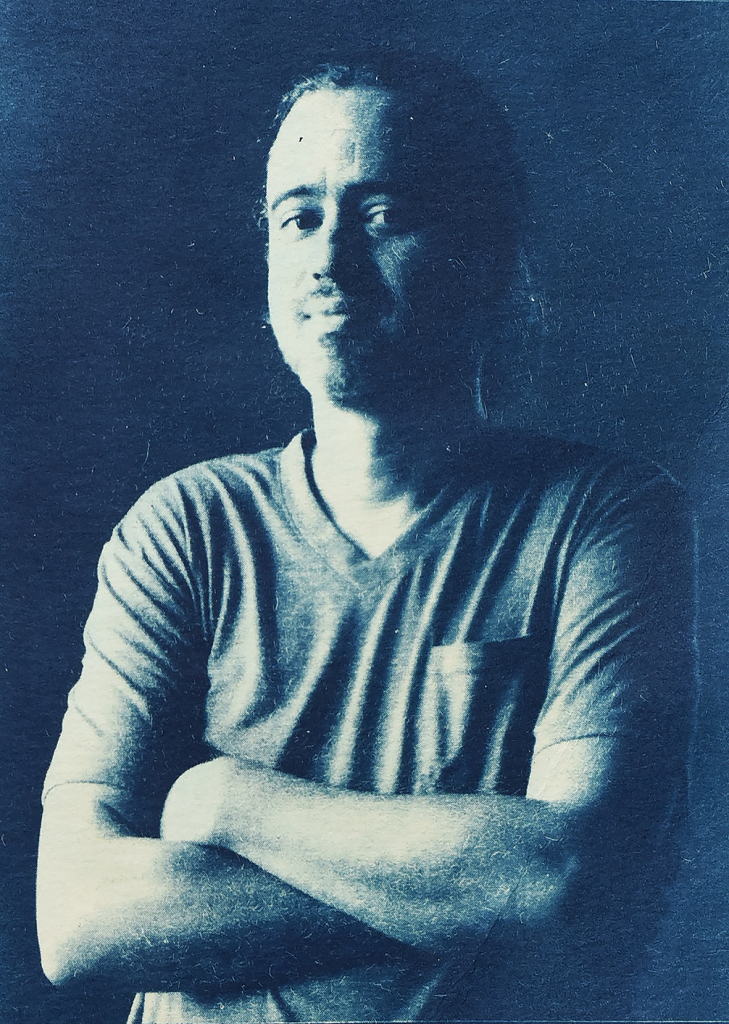When the Welter Online team received Guilherme Bergamini’s visual art submission, we felt consumed by the stillness of his pieces of a defunct school that so beautifully contrast Welter’s thrashing and unstoppable forward motion. Keen to learn more about his creative process, MFA student and Welter staffer Rasha Alkhateeb interviewed him.
A little background: Bergamini is a Brazilian reporter, visual artist, and photographer with a journalism background. For more than two decades, he has developed projects with photography, exploring the various narrative possibilities that art offers. Bergamini’s works dialogue between memory and social political criticism. Awarded in national and international competitions, he has participated in collective exhibitions in 31 countries. For more, check out his website.
As a journalist and photographer, would you talk about how your professional and creative interests intersect?
Journalism was a great motivator for my profession as a photographer and artist. Meeting people, socializing, and telling stories are some of the characteristics of being a journalist that I identify with. I have been working with photojournalism for over 16 years and in that time period, I saw many positive and negative things.
Daily journalism sees extraordinary work, but a constant repetition in information and images. Large communication conglomerates have a monopoly on information, choosing or dropping a piece whenever. These factors gradually became more critical to me as I began to understand the environment that surrounds me. I joke that journalism was important to me, as it introduced me to my wife and gave me my daughter as a gift!
You mentioned that you believe in “photography as the aesthetic potential and transforming agent of society.” How does this appear in your work?
My works are mostly visual narratives that tell a story in a particular personal, political, and social context. I believe that every diverse artistic expression supports a political action, which is a form of active communication between the artist and their audience. The series I produce go through various paths and possibilities that range from memory to political and social criticism.
While studying journalism, I remember a professor talking about the journalist’s impartiality when writing or reporting a fact. As much as we have to be impartial, I don’t see this characteristic in my work. They start from an initial proposal, going through their process of creation and production. All the works are explicit to my bias, opinion, and political position. To communicate with the public is to identify oneself, to oppose oneself by finding ideals and thoughts that dialogue with each other (or not), and the different possibilities with opinions.
That’s why I believe that making art is making politics.
The Welter Online Team was, and still is, impressed by your visual art. What made you choose Welter Online?
I am very grateful for the attention with my work. It is very important for the artist to have this return and space for dissemination. I have my work published in several national and international publications and I saw Welter Online as a quality space for presenting my work. Thank you very much.
Follow Guilherme Bergamini on Instagram @guilhermebergamini and on Facebook, https://www.facebook.com/guilherme.b.mascarenhas.1.

